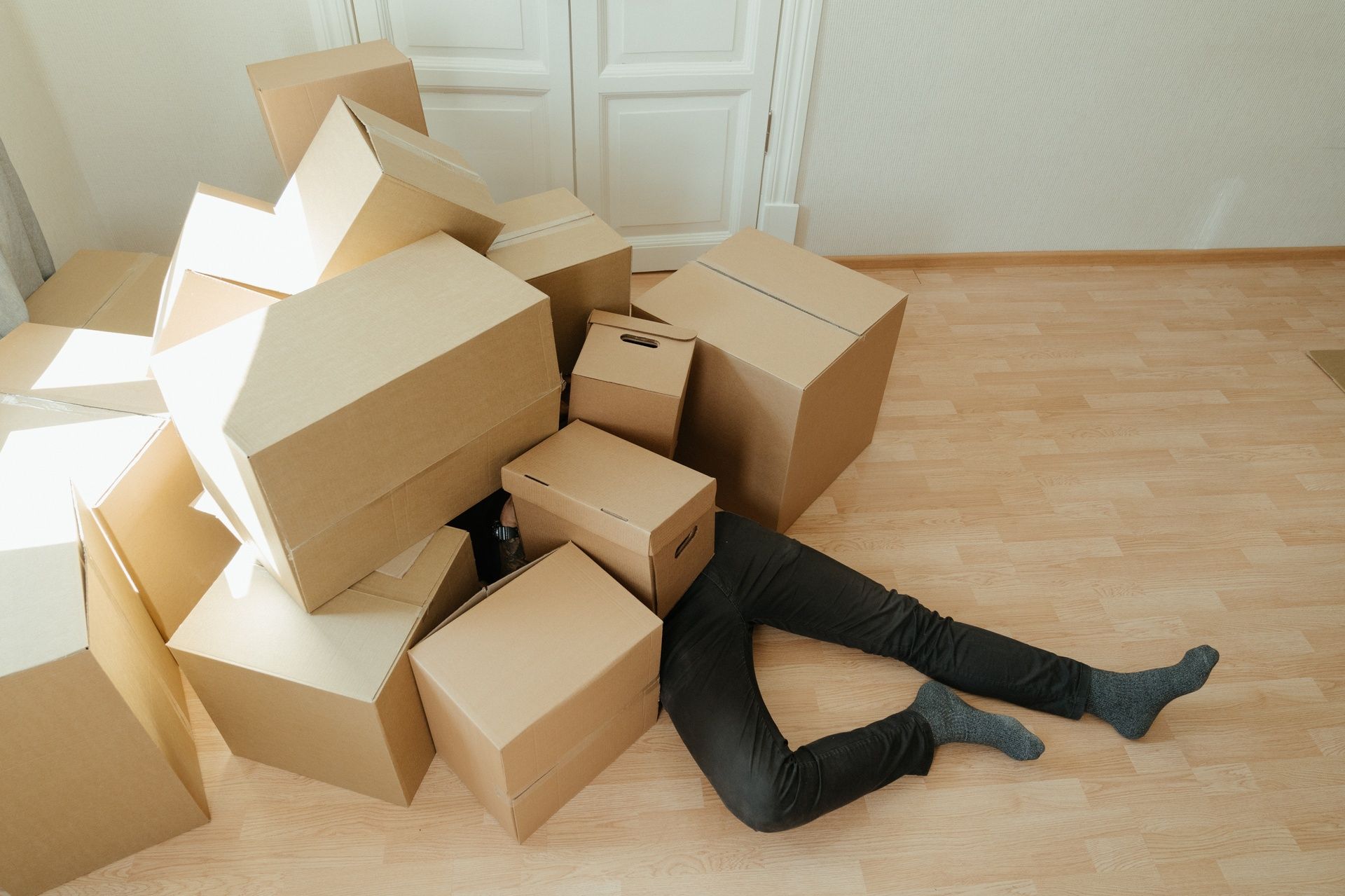Retailers, Blog, Sales, Product Development, Merchandising

We use packaging to replace the things you have to say to get somebody to buy your product. That means the presentation of your product can make or break a sale. When there are similar products on the market, use your packaging to make your product stand out among other competitors.
Here are 3 of the most commonly overlooked aspects of product packaging that will help you avoid "flying blind and designing wrong" when it comes to developing your packaging:
1. High resolution photos with good lighting and hand positioning.
Professionally shot and edited images work best for large print. Having the right presentation and lighting could prevent shadowing mishaps and expensive Photoshop fixes. Any images and screenshots under 10MB in size are inadequate for print (if the file fits in an email, it's too small). Make the photos work for you.
Make sure you avoid having hands in the way of your product. We affectionately call photos with spread fingers clutching the product "claw hands". It's not a good look. Trust us.
2. Great benefit-focused text for the market you most want to sell to
Face it, not everyone will buy your product or need your product. Pick the market that is the best fit for the product. Then craft all your messages to be clear, concise, and benefit-focused. In a few words or phrases, help your consumer understand the product's benefits and key features. Avoid over-explaining and over-describing.
3. Compliance and systems compatibility.
Compliance with government regulations involve product and material testing, applicable warnings, country of origin and the barcode that go on your packaging. The requirements vary depending on your product category, product type, materials used, and sales geography.
There are different formats of barcodes and formatting of the numbers determine how they look. For example, in the U.S., we use a 12-digit UPC (Universal Product Code) to identify items. In Europe, the 13-digit EAN (European Article Number) or GTIN (Global Trade Item Number) codes are used.
To avoid frustration and delays, have somebody in your organization always cross-checking to make sure that the retailers you are working with have electronic systems that can read the code(s) on your packaging.
An example of what happens when one thing isn't right:
If you can't get the bar code right, that means you can't deliver the packaging artwork to your factory. If there is any kind of major delay, make sure you keep in communication with stakeholders internally and externally. Showing that you are proactive about your business is generally the best stance if there is a problem.
Most new businesses avoid asking questions because they may be afraid of looking new and inexperienced in the eyes of retail buyers. But in reality, asking the right questions, the right way, will usually not make the sale go away.
Packaging can also determine the kind of space your product ultimately occupies in the store. It could get you a spot by the registers, hanging on a hook, and placement on a shelf. Think about the context of where it's going to be viewed. Packaging has to generate enough curiousity to cause more conversation or to replace a live demo.
To recap, packaging will make or break your product. Whoever has better marketing language, messaging, and packaging wins.
Discovery Call
How would you like to be able to ask questions privately to a business person who’s worked on lines that did over $300,000,000 in sales in three years? You know….. someone who has a laser-like focus on PRODUCT BUSINESSES. Schedule a Discovery Call Today.
SCHEDULE YOUR INTRODUCTORY APPOINTMENT!
Creating a physical product and getting it out in the world can be a struggle but it doesn't have to be. You can get answers to your questions, eliminate doubt and learn the next 2-3 steps forward. Book a free introductory appointment now.
GET THE EBOOK "TURN PRODUCTS INTO PROFITS"
If you want to make money from your products, you need the right tools at the right time. Our e-book shares tips, case studies, and best practices so you can harness your creative product ideas.
COMPANY
Products To Profits
11175 Azusa Ct.
Suite 110
Rancho Cucamonga, CA 91730
support@ProductsToProfits.com
626-396-0990
Home | Terms of Use | Privacy Policy | Return Policy | Site Map
© 2008-2021 Products To Profits, Inc. All Rights Reserved.

.png)